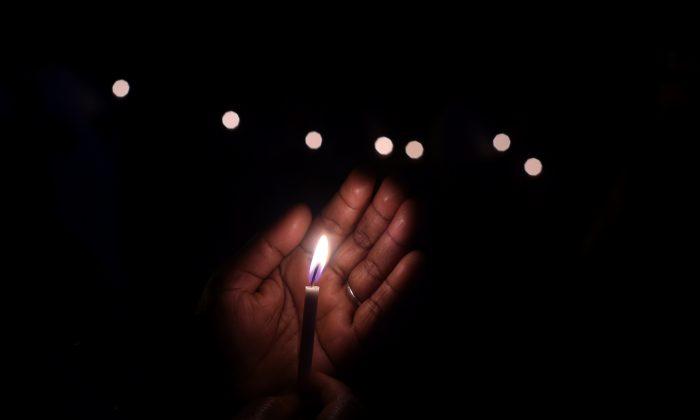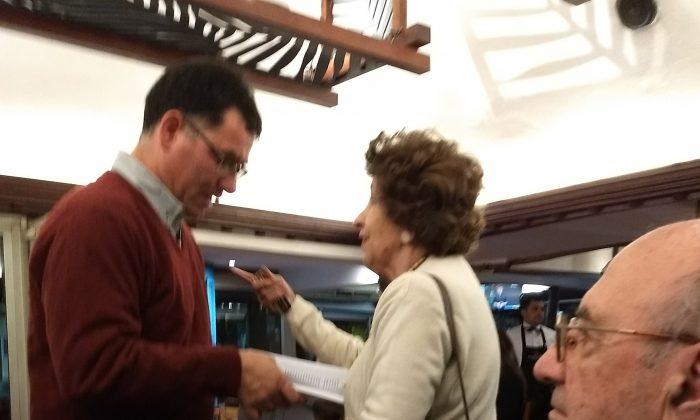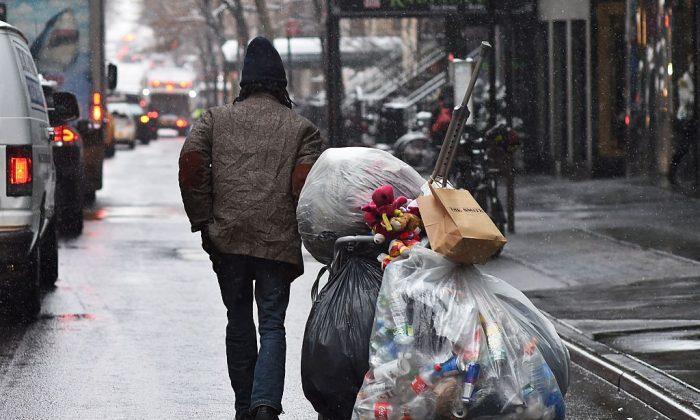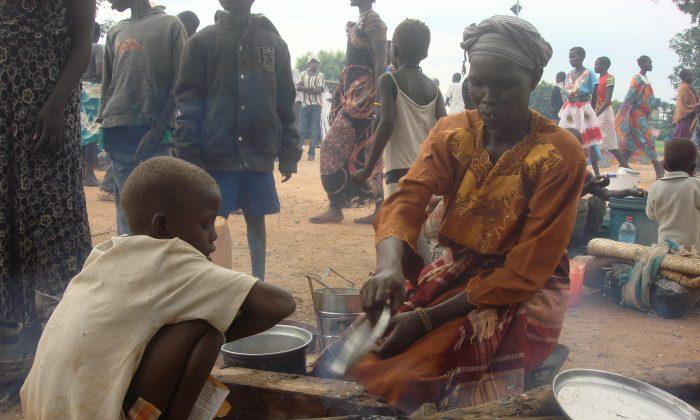The barbaric rape and setting on fire a 15-year-old girl in India is just the latest in a continuous series of rapes in the country. Repeated cases of gang rape in India are not only isolated incidents, but a reflection of widespread gender discrimination in the country. It is difficult to equate India’s rapid economic and technological development with such brutal practices that, in many cases, end up with the death of women.
Female feticide is the earliest and most brutal manifestation of violence against women. Researchers for The Lancet estimate that more than 500,000 girls are being lost annually through sex selective abortions. Female fetuses are selectively aborted after pre-natal sex determination. Sometimes, the elimination of women occurs even after they are born. This situation of female infanticide has existed for centuries in India.
Feticide began in the early 1990s, when ultrasound techniques became widely used in India. Many families continuously produce children until a male child is born. The reason is that boys are deemed more useful than girls. Boys have the exclusive right to inherit the family name and properties, and have the advantage of being allowed to be more productive in agriculture. Religious practices for their parent’s afterlife can only be performed by males, so they are also a status symbol for their families.

The Preconception and Prenatal Diagnostic Techniques (PCPNDT) Act, passed in 1994, making selective abortion illegal, has been poorly enforced. In 2003, the PCPNDT was modified holding medical professionals legally responsible for abuse of the test. These provisions, however, have not significantly deterred their abuse.
Although gender-based discrimination against female children is pervasive in developing countries, India is one of the worst culprits. Female discrimination, which starts in the womb, continues throughout women’s lives. A survey by the Thomas Reuters Foundation found that India is the fourth most dangerous place in the world for women.
In India, violence against women can take several forms. Women of any class or religion can be victims of acid-throwing, a cruel form of punishment that can disfigure women for life and even kill them. According to perpetrators, it is an action meant to put women in their place for defying cultural norms. The U.N. Population Fund reports that up to 70 percent of married women aged 15–49 in India are victims of beatings or coerced sex.

Dowry traditions, according to which parents must often pay large sums of money to marry off their daughters is claimed as one of the reasons why parents prefer boys to girls. In 1961, the government of India passed the Dowry Prohibition Act, which makes dowry demands in wedding arrangements illegal. Although some kinds of abuse as “bride burning” have diminished among the educated urban populations, many cases of dowry-related domestic violence, suicide, and murders are still occurring.
Since the first census of 1871, India has shown an abnormal sex ratio, steadily increasing the number of boys compared to girls. According to the Decennial Indian Census, the sex ratio in the 0–6 age group went from 104.0 males per 100 females in 1981, to 105.8 in 1991, to 107.8 in 2001 to 109.4 in 2011. This ratio is even higher in certain states such as Punjab and Haryana.
Among the consequences of female feticide is the increase in human trafficking. According to some estimates, in 2011 15,000 Indian women were sold as brides to areas like Haryana and Punjab to compensate for the lack of women as a result of feticide. This shows a significant change in women’s social status. In the Vedic age (1500–1000 B.C.), women were worshipped as gods while in modern times some are negated the basic right to life.

The rape cases in India are not isolated incidents. They are just manifestations of a discriminating situation that starts at the womb, in a society that persists in treating women as second class citizens. The problem of women abuse in India will only be solved by changing entrenched culture norms that allow the abuse and degradation of women. Unless this fact is accepted by Indian society, and appropriate laws are enforced, any measures to overcome this situation will only be palliative, and will not solve this important problem facing that country.
César Chelala, M.D., Ph.D., is a global public health consultant for several U.N. and other international agencies. He has carried out health-related missions in 50 countries worldwide. He lives in New York and writes extensively on human rights and foreign policy issues, and is the recipient of awards from Overseas Press Club of America, ADEPA, and Chaski, and recently received the Cedar of Lebanon Gold Medal. He is also the author of several books and U.N. official publications on health issues, including “Child Health,” “Health of Adolescents,” and “Maternal Health.”





Friends Read Free